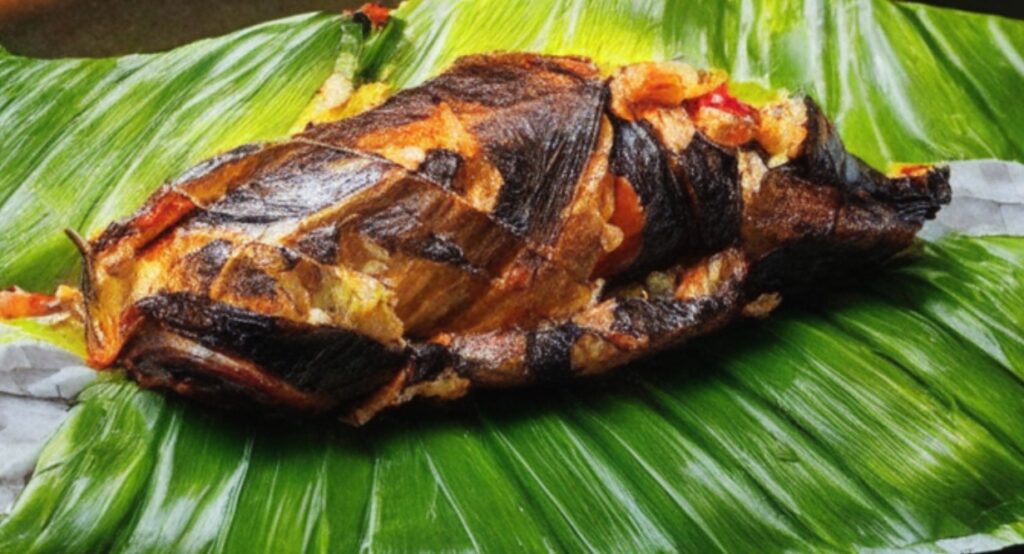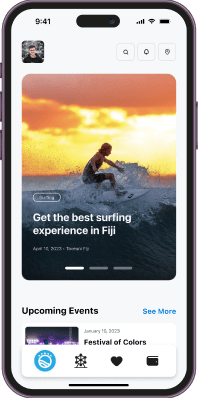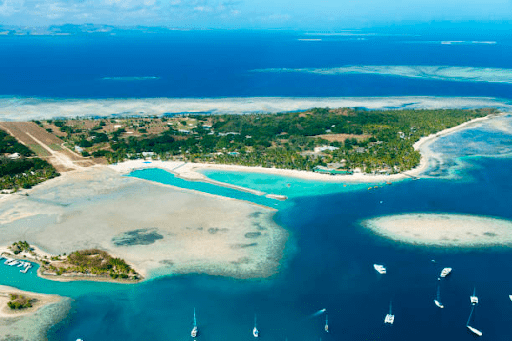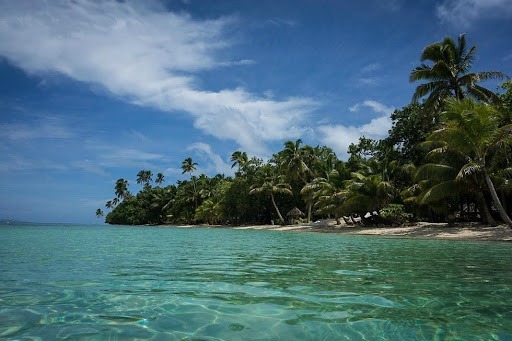What is a Fijian lovo and the significance of lovo?

Cuisines are what distinguish many countries from each other. Fiji’s cuisine is unique and diverse, incorporating indigenous and multicultural foods. A well-known indigenous food that you’re sure to partake in, in any Fijian resort is the Lovo. There is a saying amongst Fijians that if you haven’t tasted a Lovo, then you haven’t tasted real Fijian cuisine.
What is Lovo?
Lovo (Loh-voh) in Fijian refers to food that is cooked in an earth oven. What sets this food apart is its ingredients and the technique and method used to cook food. This cooking technique dates back to pre-contact times. Lovo is often accomplished as a collective work of men, but in some cases, the women assist in preparing the food, that is, preparing meat.

Roasted meat on a taro leaf platter.
History of Lovo in Fiji
Lovo, is still considered a part of Fiji’s ceremonial feasts and cannot be done on a whim, it is usually done as part of an occasion or feast. This can be attributed to the unfortunate cannibal practices of pre-European Fijians. These ancient Fijians would often cook body parts of prisoners of war in Lovo as part of their victory ceremony. For a thorough read of traditional food customs and traditions, check our article, food in Fijian culture and hospitality.
Lovo was well-known among coastal Fijians and islanders, but for the highlands, such as the Naitasiri province, this practice is fairly new. Most possibly because the highlands were resistant to change and foreigners while coastal and island people had come to enjoy trading with other islands. Hence why grilling food on embers are the only known cooking methods in the interior highlands. Other Fijian cooking techniques, like cooking in clay pots and Lovo, were and are still foreign to the highlands of Viti Levu today.
In 2001-2003, archaeological fieldwork carried out on the island of Nayau in Lau excavated several sites of Lovo ash debris and bones to be prehistoric. Food cooked in earth ovens is common across the eastern Pacific as well, with Samoa and Tonga referring to it as an ‘Umu’, in Hawaii it is an ‘Imu’, and for Maori’s (New Zealand) it is a ‘Hangi’.
Lovo ingredients
Due to cannibalistic practices, the ingredients for Lovo mainly consisted of human body parts. Today, Lovo ingredients still contain animal meat such as chicken, pork or beef. Sometimes fish is also roasted but many times this is considered a spoil to the seafood as it is more delicious when paired with its coconut condiment, miti. All this meat is then individually or by two plaited into coconut leaves.
Other ingredients include root crops such as Dalo, Cassava and Yams which are known as Kakana (food) dina (true), meaning, ‘real food’. Root crops always complement dishes in every meal, just as rice or noodles are complementaries in most East Asian meals. Root crops are freshly peeled and placed unwrapped into the oven.
Another ingredient that was recently introduced is the Palusami. The Palusami is of Samoan origin but has been widely adopted by Fijians. The Palusami is a dish containing small dalo leaves that are stuffed into a bigger taro leaf before being folded and placed into coconut shells with lolo (coconut cream) onto it, at times, these dalo leaves are assorted with minced meat or corned beef.
Fijian Lovo technique
The technique for making a lovo is simple and first requires a pit, many Fijian households have a Lovo pit, but for a newly constructed one, one has to dig a shallow but wide pit of about half a metre deep to cater for the stones and the food that will be roasted.
The Lovo doesn’t use just any stones but there is a preference for big, round and well-shaped stones that can be found on river sides or dried-up riverbeds, these stones are known as, Qoca (ngo-the *ng: hard g sound). The Qoca is placed side by side into the pit, and a fire is lit on top of it to help heat the stones. After it is thoroughly heated, which may take between an hour or an hour and 30 minutes, the firewood and debris are removed to reveal heated stones of an ember colour.
A protective layer is placed between the stones and food called the inanai or tatara, this is usually made up of sticks and coconut leaves or big banana leaves. Food which is now nicely wrapped is laid out on top of these leaves, including the Palusami and root crops. It is then covered (tuvia) with coconut leaves, plantain leaves, or in modern times an old blanket or tarpaulin to help keep the heat in. Soil is then spread on top of the cover and left for 3 or 4 hours before it is then unearthed.
Anyone can make a Lovo, for Fijians, the two simplest rules are — the stones are to be heated meticulously and when burying the food, no heat should escape.











